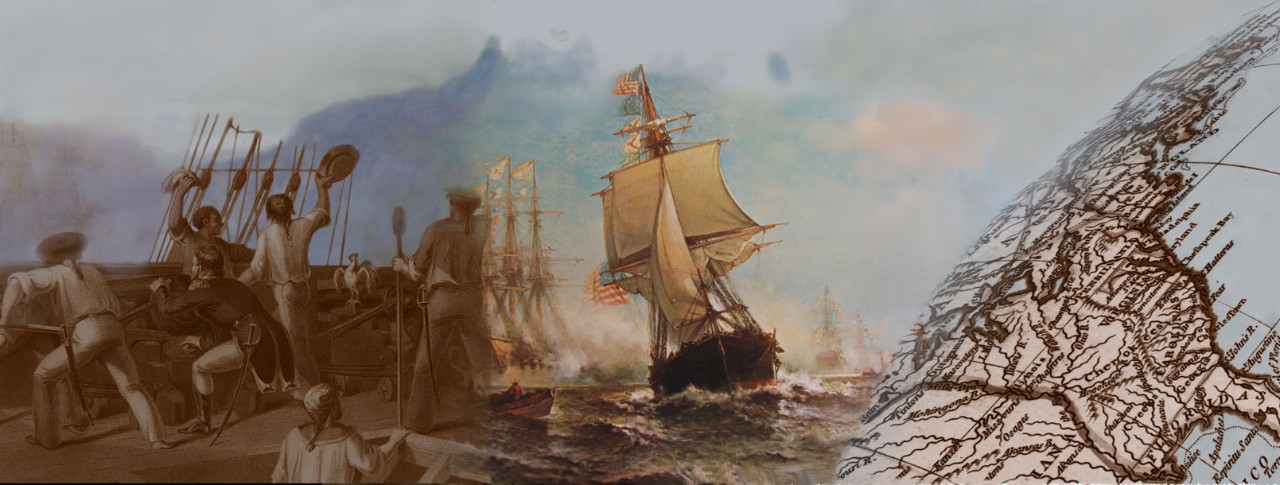
Bulkeley, John D.
John Duncan Bulkeley was born on 19 August 1911 in New York City, New York. Though a resident of New Jersey, he was appointed to the U.S. Naval Academy from the State of Texas and graduated in June 1933. During sea duty as a junior officer, Bulkeley served in the heavy cruiser Indianapolis, the transport Chaumont, the gunboat Sacramento, and the aircraft carrier Saratoga. In May 1937, he was promoted from Ensign to Lieutenant Junior Grade. During the first half of 1941 he commanded Submarine Chaser Division Two and Submarine Chaser Squadron One, receiving promotion to Lieutenant in April, and took command of Motor Torpedo Boat Squadron Three in August. When Japan began the Pacific War in December 1941, Lieutenant Bulkeley skillfully led his PT boats in Philippine area combat operations, damaging or destroying numerous enemy planes and ships. In March 1942, he evacuated General Douglas MacArthur and Philippine President Quezon from Manila Bay to the southern Philippines. For his "extraordinary heroism" during the difficult early months of World War II, John D. Bulkeley was awarded the Medal of Honor.
Returning to the United States in May 1942, Bulkeley was assigned to the Motor Torpedo Boat Squadron Training Center at Portsmouth, Rhode Island. In October, he was promoted to Lieutenant Commander and ordered to Motor Torpedo Boat Squadron Seven. While serving with his squadron, he was hospitalized for a period of time. In January 1944, he was promoted to Commander and a few months later assumed command of Motor Torpedo Boat Squadron Two. Bulkeley then transferred to Patrol Torpedo Boat Squadron One Hundred Two, leading the squadron during the Normandy D-Day Invasion. Days after, he transferred to command USS Endicott, serving off the Southern French coast. In August 1945, he fitted-out and served on board USS Stribling. After shore duty at the Naval Academy, he reported in May 1948 as the Executive Officer of Commander, Amphibious Group Two on board USS Mount Olympus. After training, he was assigned as the Chief of the Weapons Division of the Military Liaison Committee to the Atomic Energy Commission in Washington, D.C.
After a promotion to Captain in July 1952, Bulkeley became Destroyer Division One Hundred Thirty Two and served during the Korean War. Remaining in the area, he transferred as Chief of Staff and Aide to Commander Cruiser Division Five. Returning to Washington D.C., he became a staff officer to the Joint Chiefs of Staff. After this tour, he commanded USS Tolovana before assigned as Commander, Destroyer Squadron Twelve. In July 1960, he commanded the Clarksville Nuclear Modification Center at Clarksville, Tennessee. After a promotion to Rear Admiral in 1963, he assumed command of Naval Base, Guantanamo Bay, Cuba and resolved the water crisis when Cuba stopped the base's supply. In June 1966, he became Cruiser-Destroyer Flotilla Eight. A year later, he assumed duties as President of the Board of Inspection and Survey in Washington, D.C and remained in that position until retiring in August 1988. Upon his retirement, he was promoted by Congress to Vice Admiral on the retired list. John D. Bulkeley died on 6 April 1996 and is buried at Arlington National Cemetery, Arlington, Virginia.
USS Bulkeley (DDG-84), 2001-____, is named in honor of Vice Admiral John D. Bulkeley.
This page features portrait-type photographs of John D. Bulkeley, and provides links to other images concerning him.


